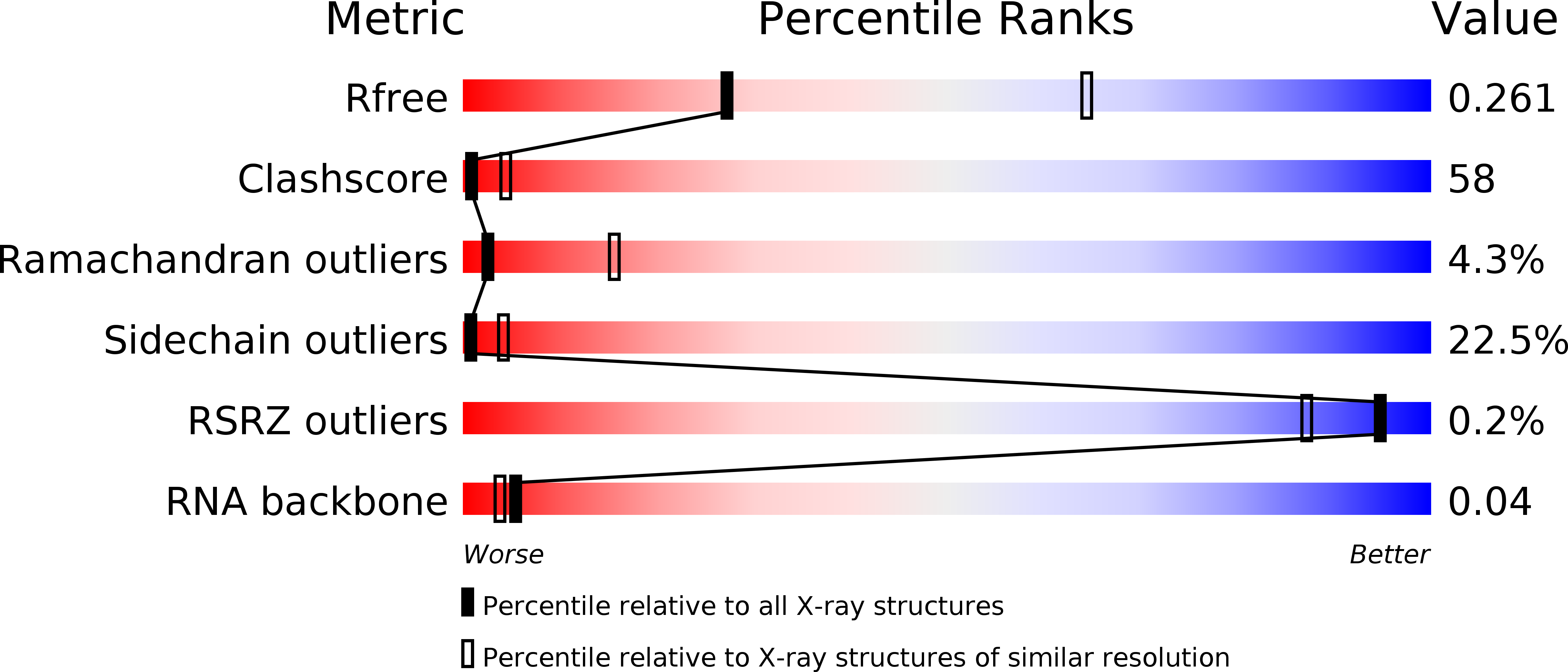
Deposition Date
2007-04-28
Release Date
2007-07-17
Last Version Date
2023-08-30
Entry Detail
PDB ID:
2PPB
Keywords:
Title:
Crystal structure of the T. thermophilus RNAP polymerase elongation complex with the ntp substrate analog and antibiotic streptolydigin
Biological Source:
Source Organism:
Thermus thermophilus (Taxon ID: 300852)
Method Details:
Experimental Method:
Resolution:
3.00 Å
R-Value Free:
0.26
R-Value Work:
0.23
R-Value Observed:
0.23
Space Group:
P 41


